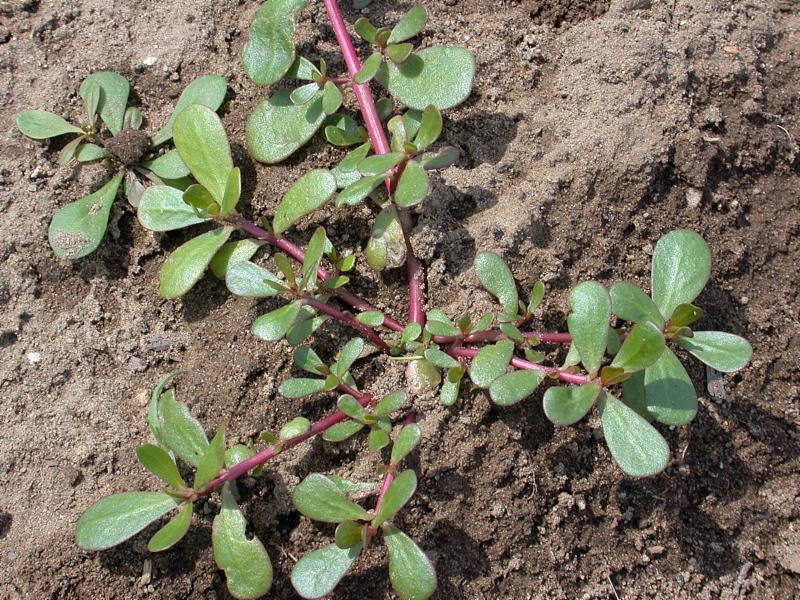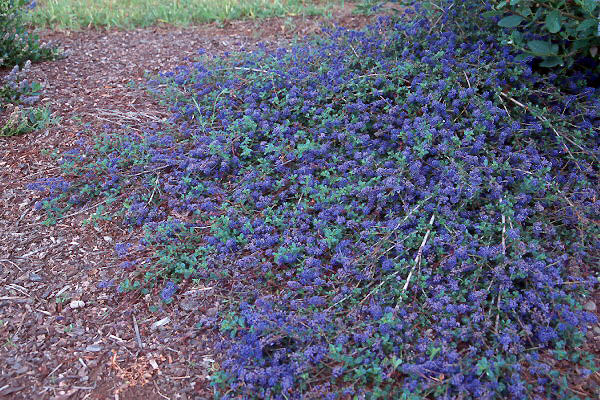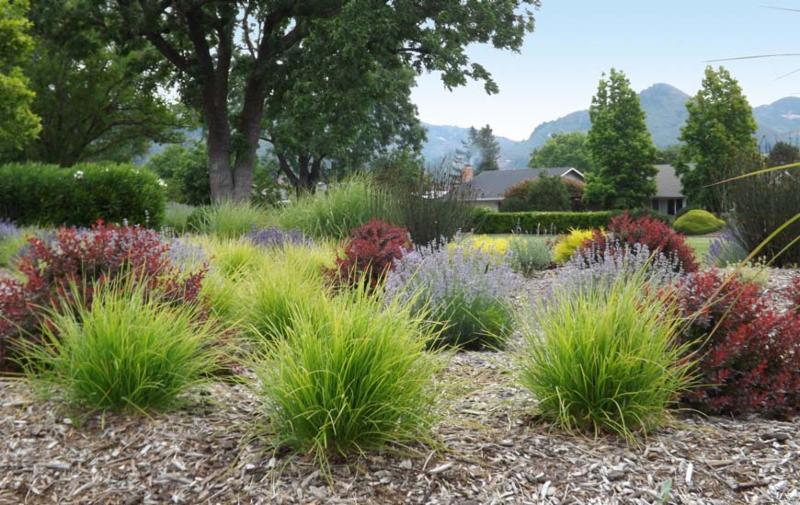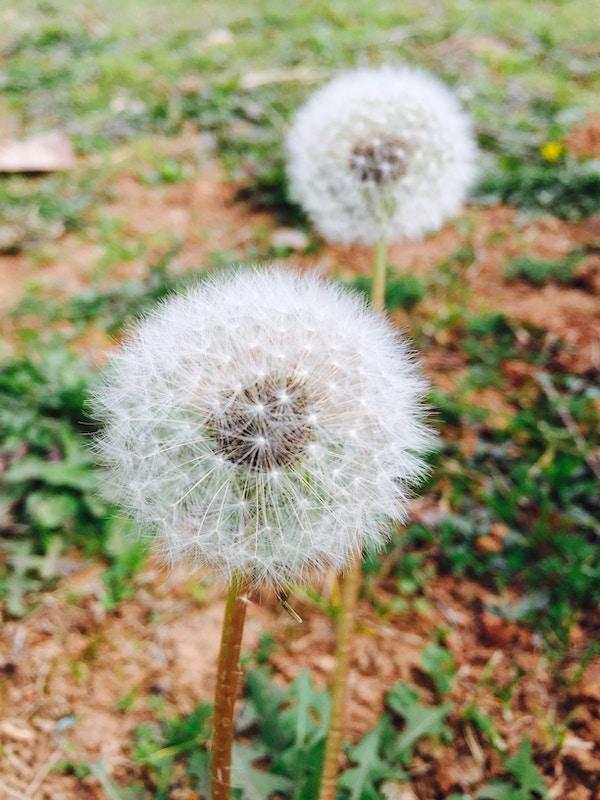If you are tempted to eradicate weeds in your garden by spraying with the herbicide Roundup, think twice. Roundup, the brand name product that contains the chemical glyphosate, is a powerful and widely used herbicide that the World Health Organization deems a “probable carcinogen.” It also concentrates in the food chain when absorbed by plants and organisms that are ingested by larger insects and animals, resulting in ecological disruption.
We know how frustrating it can be to manage weeds! But instead of turning your garden into a chemical war zone, here are some helpful ways to minimize weeds in a more environmentally sustainable way.
Alter your expectations. It is unrealistic to try and kill all the weeds (and bugs) in your garden. After all, they’ve existed a long time, and many serve an ecological purpose. Some weeds have deep taproots that bring nutrients up to the surface, which help feed your plants. Other weeds attract pollinators and beneficial insects that help keep garden pests in check. Learn to tell the good guys (like dock and purslane) from the bad guys (like bindweed and nutsedge).

Purslane (yay!)

Bindweed (boo!)
Sheet mulch. We can’t say it enough. Sheet mulching is one of the most ecological ways to suppress a number of broadleaf weeds. Briefly, it involves covering your weed-prone areas with a layer of cardboard, wetting it down and covering it with 2 – 5 inches of green waste mulch. Added benefits of sheet mulching: it increases moisture and nutrient retention, prevents erosion and reuses green waste.

Crowd ’em out. Plant spreading vegetation to crowd out the weeds. For example, we like native ground cover varieties of ceanothus (California lilac) and Manzanita. Once established, these ground covers provide a thick, lush carpet that looks great and leaves little room for invasive weeds.
Controlled singeing. Also known as flame weeding, this effective method involves singeing the waxy coating on weeds with a small propane torch, which dehydrates and kills the plant. Of course, this is a method that should be done by professionals, and only in the winter and spring months when moisture levels are high.
Good old-fashioned elbow grease. We would be remiss if we didn’t mention the time-tested method of manually pulling weeds. Now, when the ground is soft, is the easiest time to do it. Be sure to get the roots, or they will just grow back. If you can keep on top of it, the task can be manageable, and it’s certainly non-toxic.
Dig Deeper
- For a few more helpful tips on weed control, click on this website from Fine Gardening.
We can design your garden to minimize weed growth, and our maintenance crews employ a full range of non-toxic weed management methods. Call us for a consultation: 707-789-9786.



